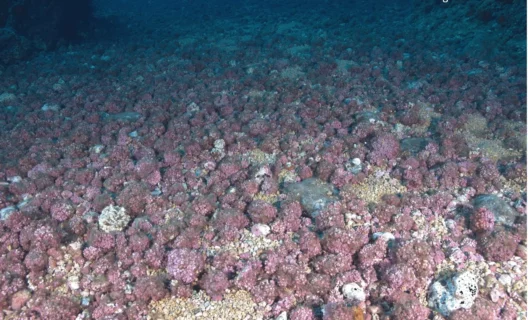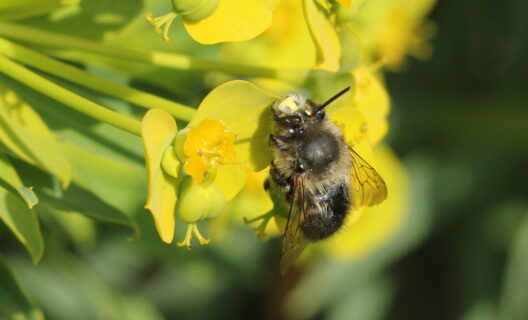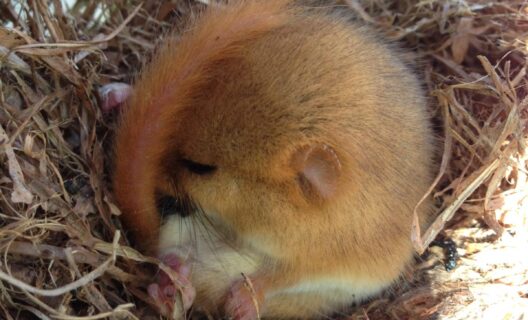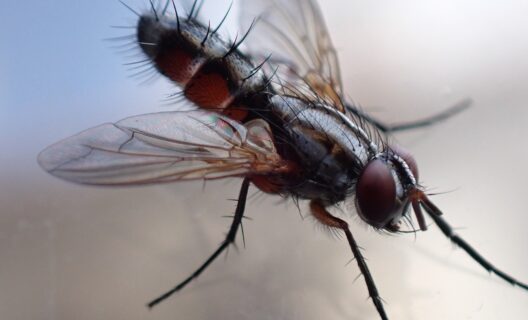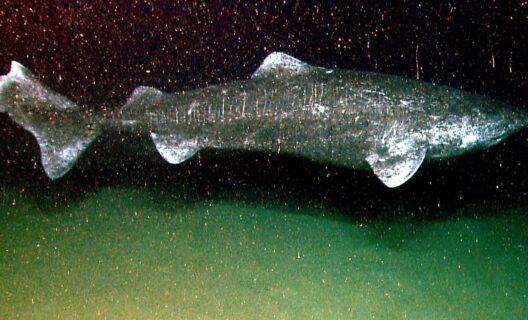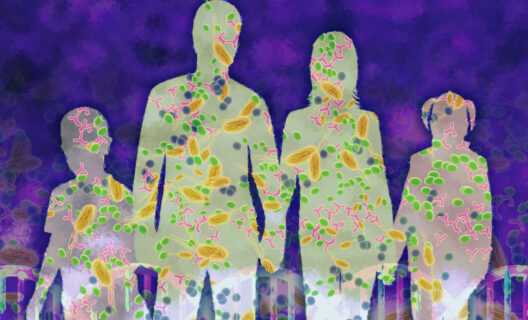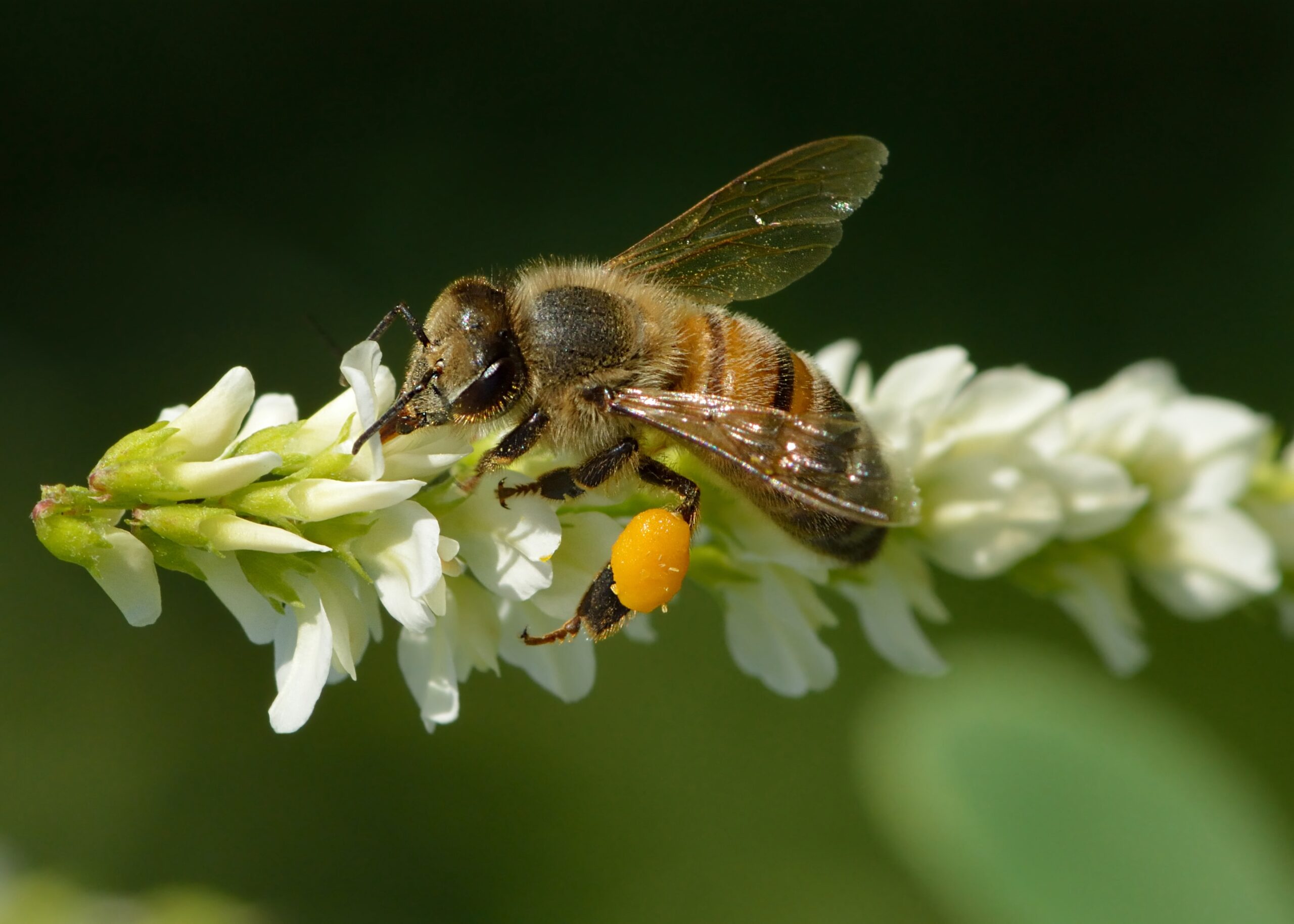

Reading time
0 min
Genetic analysis confirms presence of alien subspecies, with less desirable characteristics
To protect the genetic integrity of Emilia-Romagna’s native bees, it is essential to monitor the spread of those imported from other places. And the law is not enough: stricter monitoring and policies are needed. This is according to an article, published in Scientific Reports, describing a study conducted by the University of Bologna.
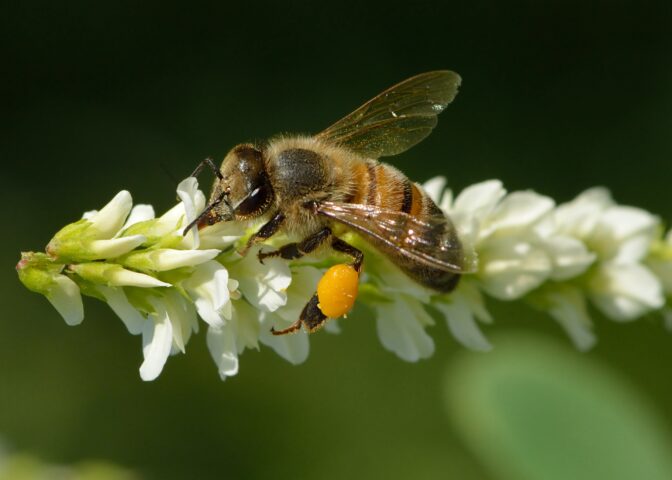
""
The bee survey in Emilia-Romagna.
The research considered 1143 honey bees from different areas of Emilia-Romagna, of which mitochondrial DNA, an effective marker for assessing genetic variability within and among bee populations, was analyzed.
The most represented bee is the ligustic bee(Apis mellifera ligustica), with a prevalence of 86.6 percent. This native subspecies is of great importance to Italian beekeeping; native to peninsular Italy, it has a number of characteristics that make it ideal for the production of honey and other hive products. These include its high productivity (of honey, pollen and royal jelly), docility (which reduces the risk of stings and facilitates hive management operations), resistance to diseases such as American foulbrood and European foulbrood (which allows it to maintain colony health and reduce bee losses), and adaptability to different climatic conditions, from Mediterranean to continental climates.
However, scholars also detected the presence of other non-native bees. DNA analysis found 11 percent Carniolan honey bee(Apis mellifera carnica), which is well adapted to mountainous areas such as the Apennines; 1.3 percent African honey bee(Apis mellifera adansonii), and 1.1 percent European black honey bee(Apis mellifera mellifera).
""
Alien species: why they pose a potential threat
These new subspecies of bees pose a problem, and a potential threat. Crossbreeding between ligustic bees and other subspecies may result in the loss of the native bee’s distinctive characteristics, such as docility, productivity, and disease resistance. In other words, hybrid bees could produce less honey or be less efficient in pollen collection; the known aggressiveness of the African-origin bee, if transmitted by crossing with ligustic bees, could make beekeepers’ work more difficult and dangerous; the risk is also found in the possibility of the new subspecies introducing new diseases or spreading diseases to which the native bee is less resistant.
""
The proposed solutions
According to the scientists, several actions can be taken. First, it is important to implement a large-scale, continuous genetic monitoring system of bee populations in Emilia-Romagna to track the spread of non-native subspecies, assess the effectiveness of conservation measures and intervene promptly if necessary. Second, the adoption of stricter policies to limit the introduction and spread of non-native subspecies is suggested, with the possible introduction of stricter controls on the importation of queen bees and the promotion of the breeding of certified liguistic queen bees.
Finally, awareness-raising actions targeting beekeepers are proposed to inform them about the risks of genetic erosion and the importance of using ligustic queen bees. Their cooperation, the research argues, is crucial to ensure the success of conservation measures.
The journey goes on
Every story paves the way for the next: discover where biodiversity takes you


